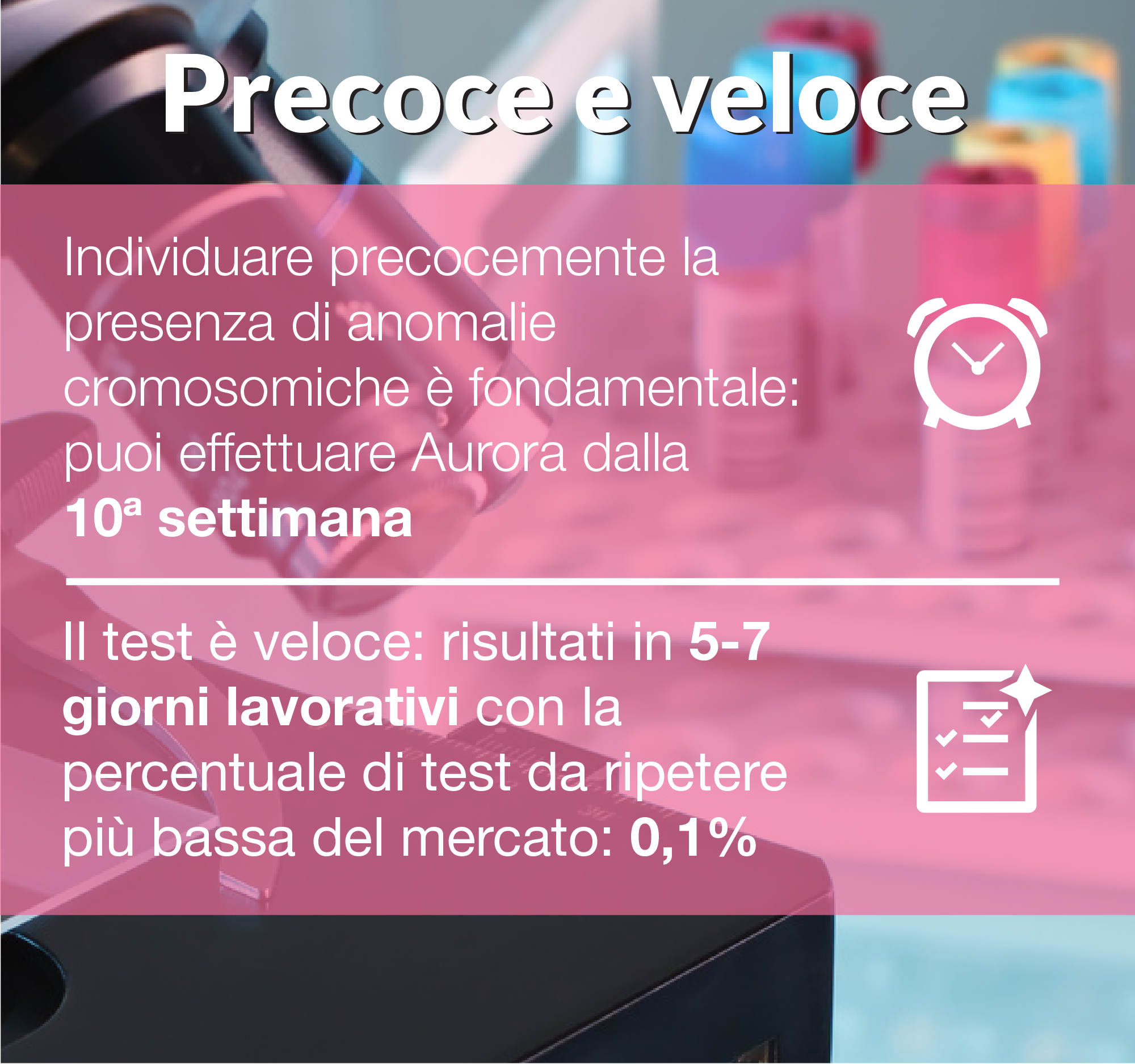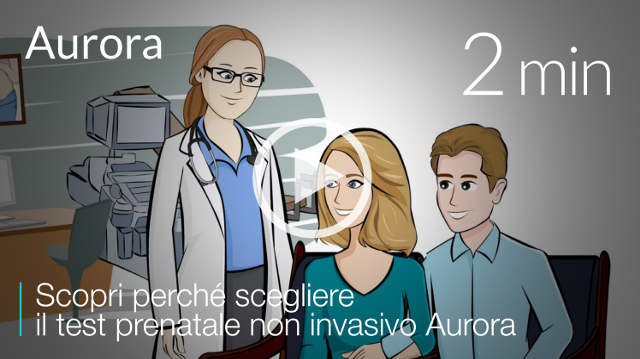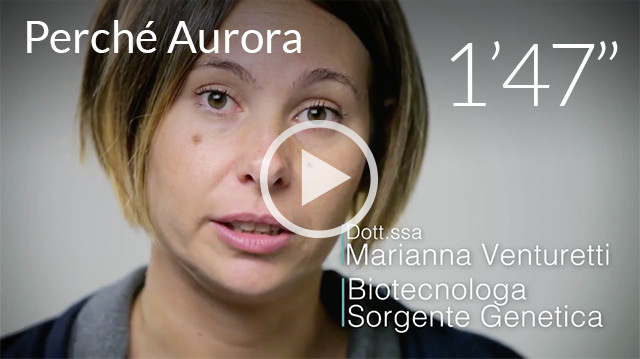It is estimated that 1 in 6 Americans suffers from a mental illness. Nevertheless, the causes of some of these remain nebulous. A team from Virginia Commonwealth University analyzed post-mortem brains of people with mental illness. He thus identified a genetic activity common to five of the most common pathologies.
A 2013 study had already shown that some genetic variations are common to autism, schizophrenia, bipolar disorder, depression and attention disorder. However, the researchers failed to identify a link between specific genetic alterations and symptoms. The study in question focused instead on what happens at the molecular level inside the brain.
The researchers analyzed the brains of 700 subjects suffering from: autism, schizophrenia, bipolar disorder, depression, alcoholism. They compared the patterns of these brains with those of 293 healthy brains. For further control, they also controlled the gene expression of the cortical area in 197 patients with inflammatory bowel disease. In this way they excluded the involvement of processes linked to other diseases.
The analysis showed that certain psychiatric illnesses are much more similar than the symptoms would suggest. For example, the genomic data revealed a strong similarity between bipolar disorder and schizophrenia. On the other hand, there are no correlations between alcoholism and depression, theorized by other studies.
Furthermore, autism and schizophrenia would have in common an excessive expression of the wooing genes. In contrast, genes related to communication between neurons would be inactive in autism, schizophrenia and bipolar disorder.
According to the author of the 2013 study, Jordan Smoller, the next step should be to focus on the genetic expression of individual cells. Current studies focus on large areas of the brain. A more specific analysis would allow us to find the mechanical processes of certain diseases.
Source: sciencemag.org



















